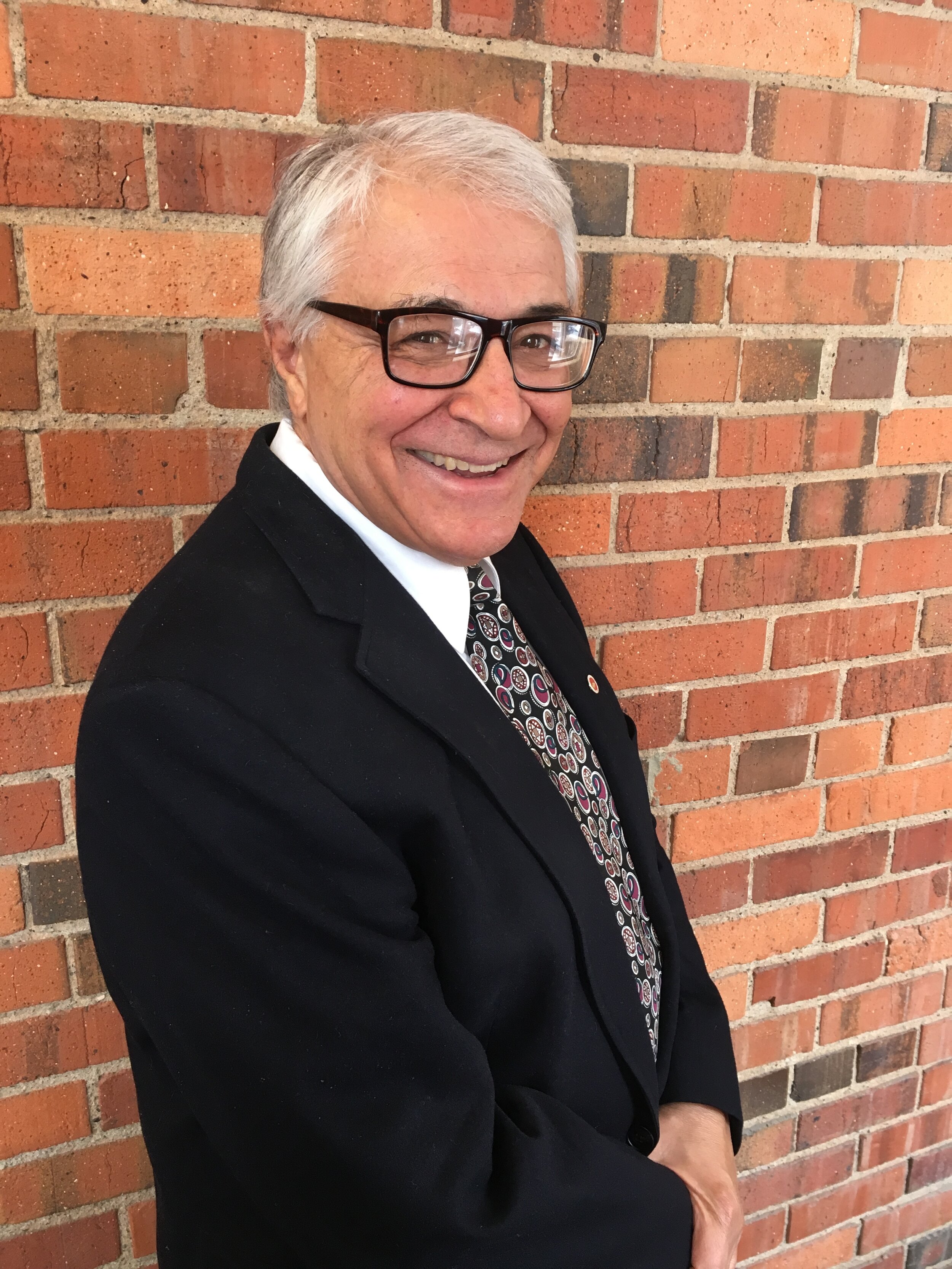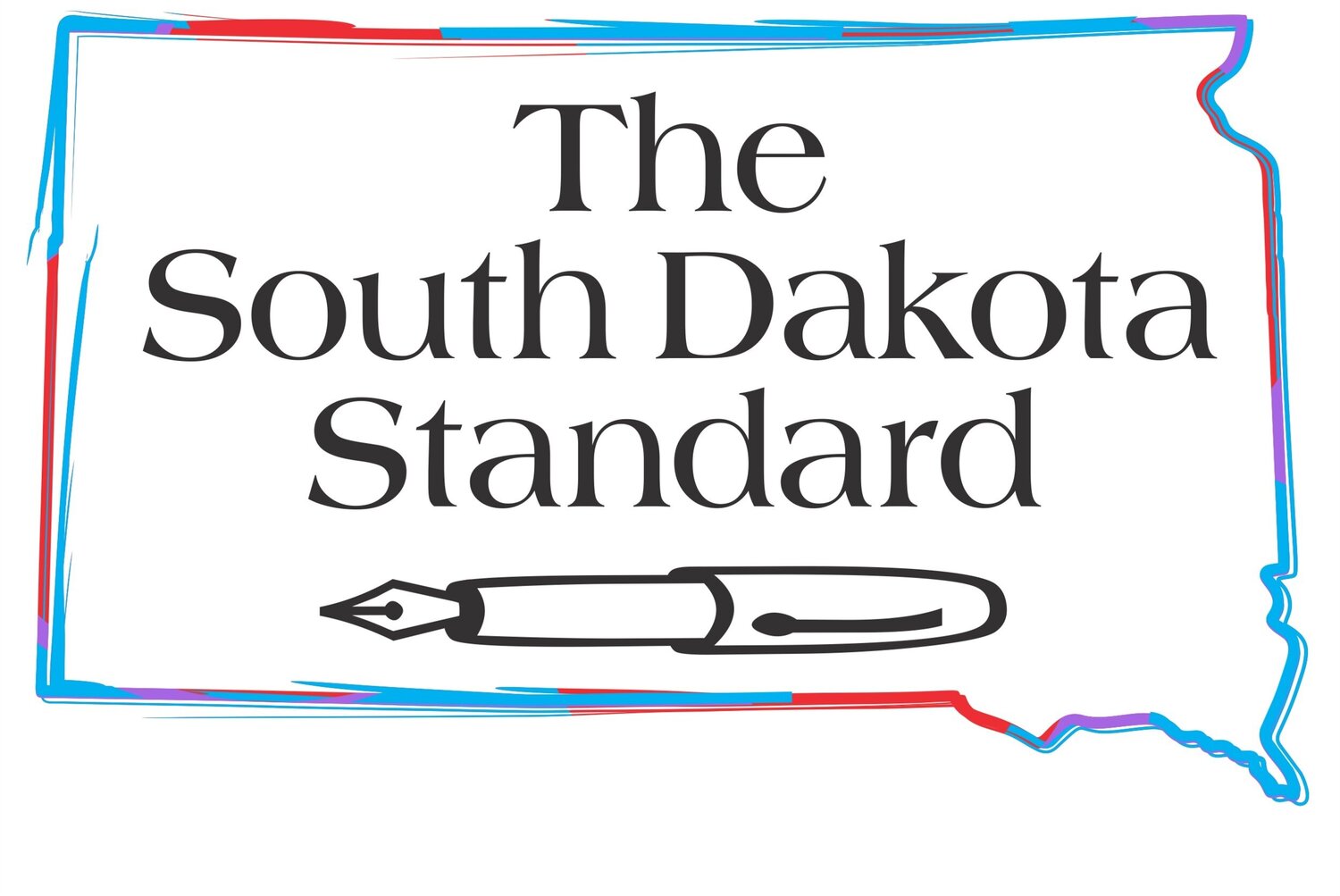Just what the heck was it about anyway? After 50 years, a veteran reflects on the elusive explanation for the Vietnam war
April 30 marked the 50th anniversary of the fall of Saigon, South Vietnam, to North Vietnamese forces, thereby ending what we in America call the Vietnam War. Here’s a short, somewhat irreverent synopsis of American involvement in that conflict:
Hoo boy — what a mess the Vietnam War was. It all started in the late 1940s and ‘50s when it seemed like communists were going to take over the world. They got eastern Europe after WWII, China in 1949 and then Cuba in 1959. (Commies!! 90 miles from our doorstep!)
Politicians were running scared about being called “soft on communism” so the attitude was, we’ve got to stop the commies somewhere. Vietnam was where we decided to draw the line, even though it was not remotely related to U.S. security. There were commies in the north fighting non-commies in the south, and by golly, we were going to stop the commies!
Presidents Eisenhower and JFK increased our commitment, but it was LBJ who duped Congress into giving him a blank check for expanding the war through the Gulf of Tonkin Resolution in 1964.
At that time, the U.S. sent in ground troops. It became a grueling, “limited” defensive war with lots and lots of bombing. In fact, we dropped twice as many bombs on North Vietnam than we did on Germany and Japan combined in World War II. We couldn’t invade North Vietnam because that would have torqued off the Russians. And we didn’t want to use nukes because that could have risked Soviet retaliation.
A major, unfixable problem was that most of the people of Vietnam supported Ho Chi Minh, the leader of North Vietnam. He was like the George Washington of Vietnam, but he was also a commie. Most of the Vietnamese people didn’t care that he was a commie — he was the guy who drove out the Japanese imperialists and French colonialists. And it didn’t help that the South Vietnamese government was hopelessly corrupt.
By 1968 it was clear that we were not winning either the war or the “hearts and minds” of the Vietnamese people. Most Americans knew by then that Vietnam was a mistake, even though many were not admitting it.
In 1968 Richard Nixon was elected president saying he had a “secret plan” to end the Vietnam War (yeah, right). His slogan was not “victory” but “peace with honor” as everybody knew by then that we couldn’t win the war. His “peace with honor” policy dragged the war out for another four years while we tried to transfer all the fighting to the Army of the Republic of Viet Nam (ARVN) — the non-commies in the south — in a process called “Vietnamization” (Don't you love that? We're going to help the Vietnamese “Vietnamize” their own country.)
In the meantime, thousands of young men were being drafted and sent to die in Vietnam for a cause that most people thought was a mistake in the first place. Needless to say, a lot of these young men were not too enthused about going. Anti-war sentiment grew stronger and stronger. Finally, Nixon’s secretary of state, Henry Kissinger, negotiated an end to U.S. participation in the war in January 1973.
The North Vietnamese waited an acceptable period of time, two years, before they swept in and took over the whole country. The newly united Vietnam was 100% communist alright, just like we feared. But that only lasted 11 years! In 1986 the Vietnamese leadership adopted a more market-driven economic system, mimicking its neighbor to the north, China.
The Vietnam War was a tragic chapter of American history, no question. Returning vets had it hard. They suffered mightily and fought bravely in spite of having an ambiguous mission.
Yet some older vets blamed them for losing the war. And some anti-war protesters gave them a hard time, calling them “baby killers.” Many had PTSD, but no one wanted to hear about it back then. The sad fact is that the divisions and wounds — physical and psychological — of Vietnam continue to this day, 50 years after the fall of Saigon.
Jeff Brockelsby is a native of Rapid City and has served on three congressional staffs. He is a registered investment advisor and corporate treasurer for Reptile Gardens in Rapid City. He currently resides in Irmo, S.C.
Photo: Vietnam memorial wall, Washington, D.C., public domain, wikimedia commons
The South Dakota Standard is offered freely and is supported by our readers. We have no political or commercial sponsorship. If you'd like to help us continue our mission to advance independent political and social commentary, you can do so by clicking on the "Donate" button that's on the sidebar to your right.







